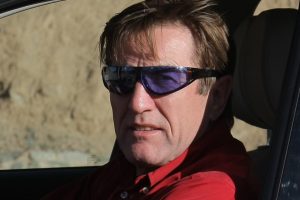Every second, of all chimneys and exhaust pipes on Earth, more than 1,000 tons of carbon dioxide !!!
Let’s calculate how many thousands of tons of CO 2 we produce every minute, hour and day! The numbers are amazing! They also give us a simple message about the scale of the problem, especially when we press the gas as much as the factory has given.
ar manufacturers have taken seriously the obligation to reduce greenhouse gas emissions in information practice, shown as CO 2 emissions.
The information that comes to us shows that, in general, they devote the most attention to the use of electricity for propulsion. Apart from the so-called carbon footprint drives using electricity to reduce CO 2 emissions is the right direction. Electric vehicle vehicles can be divided into several groups, namely:
- hybrid drives – use together combustion engines and electric motors in various systems. The hybrid system can be called a transition system or rather “introducing” the complete elimination of internal combustion engines. From the point of view of road users at the current level of electromobility development, relatively logical and practical, but still an intermediate stage of implementing the so-called clean drives.
- only electric drives – the most visible and publicized in the media is a group of direct electric drives using only electricity stored in car batteries. Tesla cars are the flagship example. The pros and cons of such drives have been discussed for a long time but most manufacturers are expanding their portfolio of electric vehicles. Renault in Poland (ZOE electric car sales leader in Europe), apart from cars with electric motors, is also developing, among others base of chargers, among others near railway stations, Poczta Polska ordered 20 electric Nissan e-NV200 Volkswagen bravely declared that it would take action to completely switch to electric drives. The main obstacles to the development of this group are still modest structure of charging points, long charging time, still short range on one charge and high price of the vehicle (already mitigated by government subsidies). We will consistently try to present next models of electric vehicles with passenger and delivery vehicles as well as progress in eliminating obstacles to the development of this group of vehicles.
Autor: Jerzy Czaplejewicz


